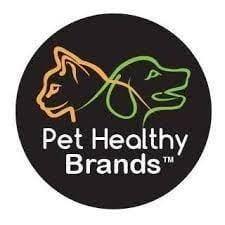Anicare
Anicare is India’s first tech-integrated one stop solution to cater to all your pet needs such as health-tracking ,integrated training model ,wellness, consultations, grooming and nutrition.
Created on 20th April 2024
•
Anicare
Anicare is India’s first tech-integrated one stop solution to cater to all your pet needs such as health-tracking ,integrated training model ,wellness, consultations, grooming and nutrition.
The problem Anicare solves
1.People don't have sufficient time for taking care of their pets.
2.Animals don't get proper medical checkup and health facilities at the right time.
Veterinarians are generally underpriced and many people don't even know nearby veterinarians to visit.
Pet shops are generally considered to be overpriced thus many people can't afford health care.
Having no proper diet chart and health variabes report like sleeping cycle, barking frequency, calories etc.
Challenges we ran into
We are integrating multiple sensors to take into consideration the health parameters of various animals. Going by the technical aspect of the sensors we need to take into consideration the noise margin of various sensors. So we need to take into consideration the net noise margin of the sensors combined. Also we need to leave some scope for future addition of more sensors for more accuracy purpose leading to increase in the noise margin. This demands more technical study of the sensors which we are currently working on.
Also, we are facing hurdles in the layering of machine learning model with the ideal data-type which requires intervention by experts to include the behavioural aspects and emotional intelligence of the animals. There is a possibility that few people may face some problems to utilize our product in the most optimum manner
One of the main challenges we faced was integrating multiple sensors while maintaining accuracy and reliability. We had to overcome technical hurdles related to sensor compatibility, data synchronization, and noise reduction. Additionally, developing machine learning models that could accurately interpret pet behavior and health data posed its own set of challenges. We also encountered difficulties in ensuring seamless communication.
Tracks Applied (1)
Hardware / IOT
Circuit Central
